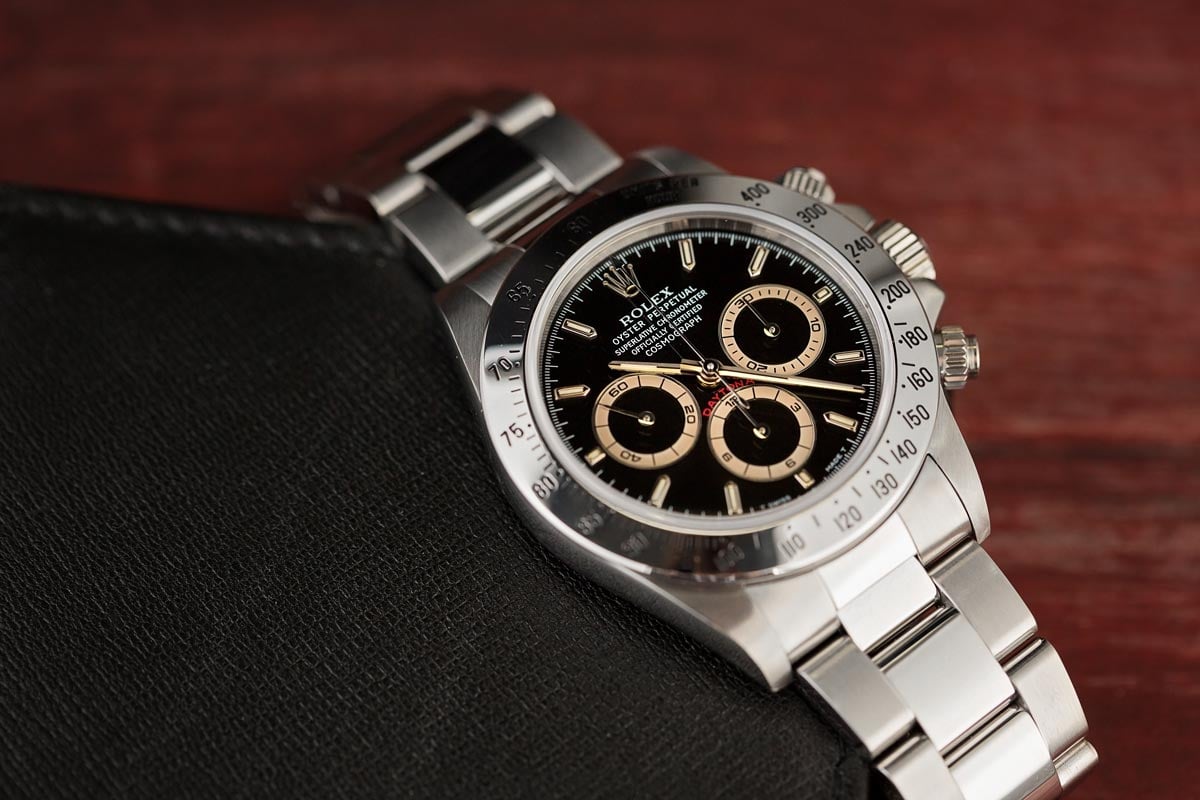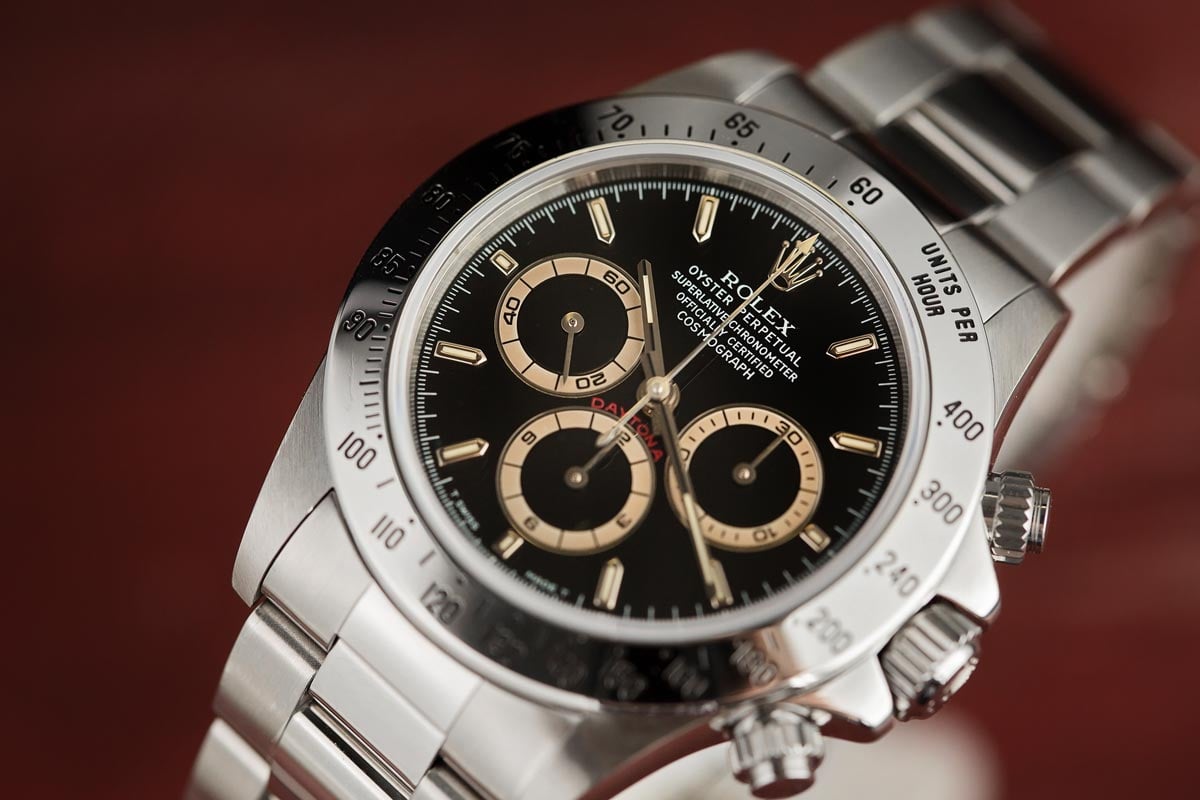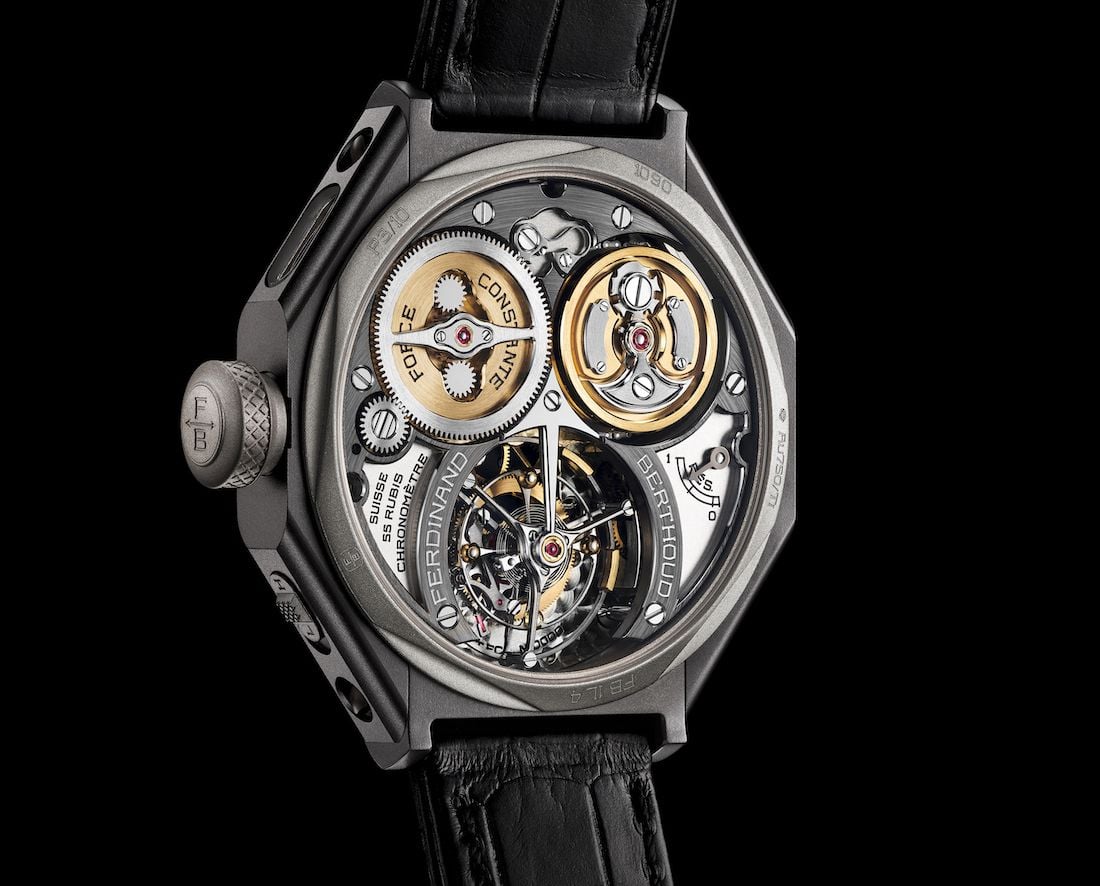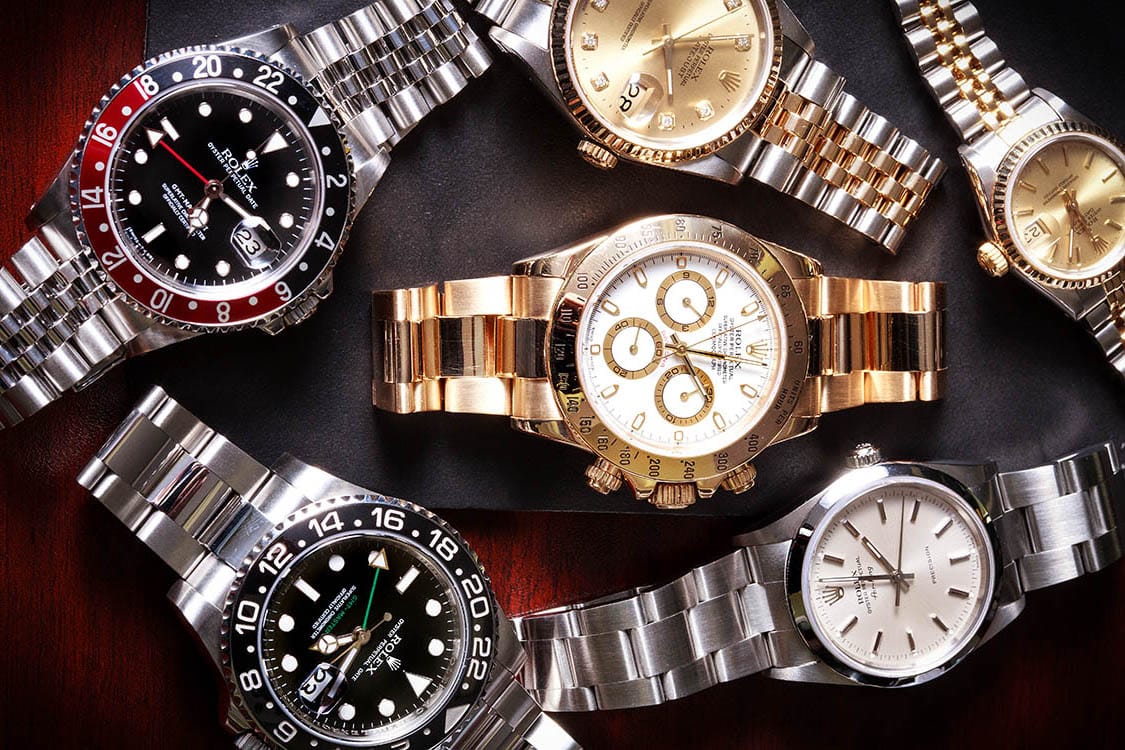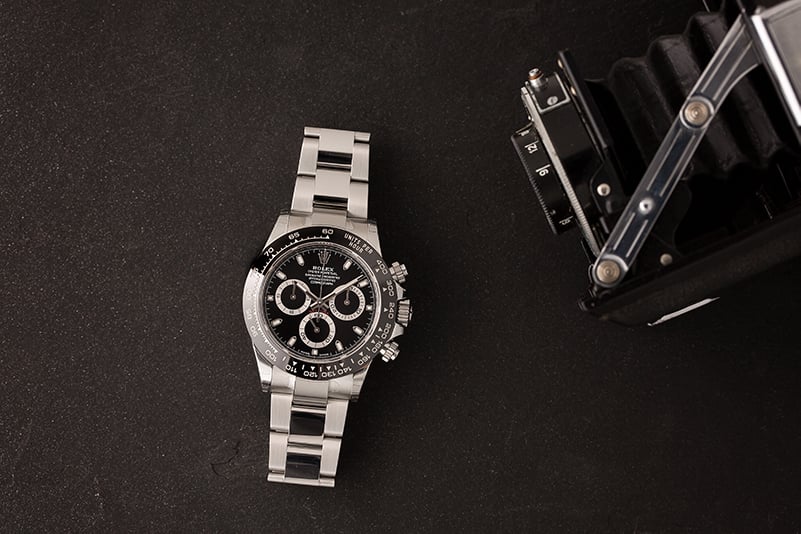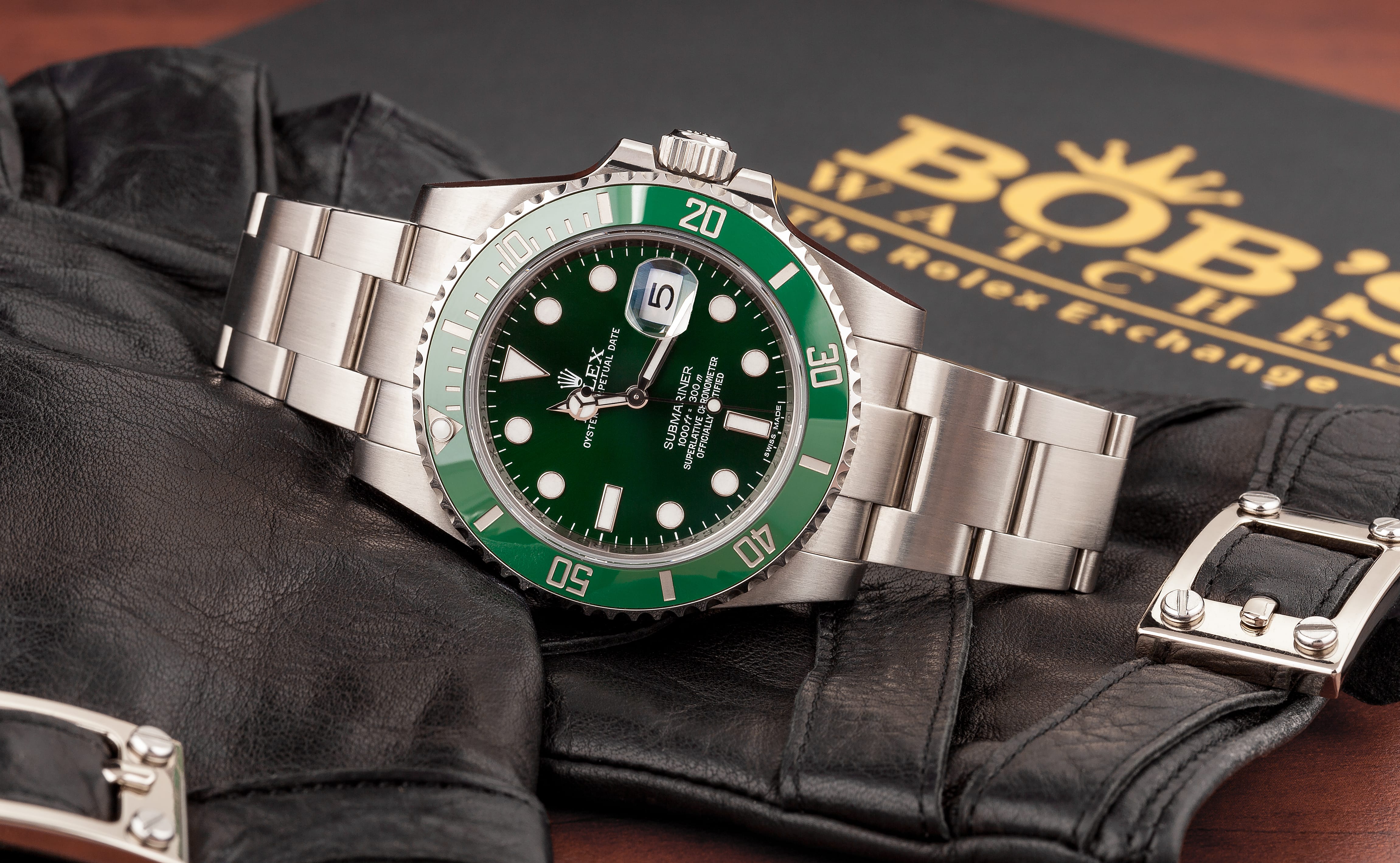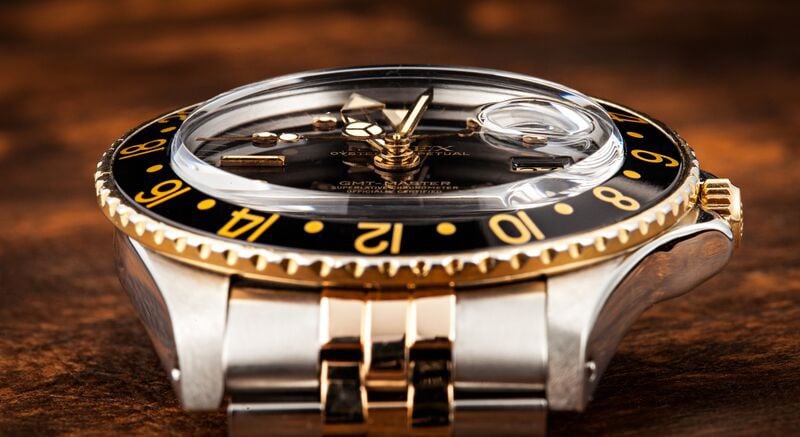The Rolex Daytona ref. 16520 emerged in 1988, as the middle child of what would become the most successful series of watches ever. Whether the brand was aware of it or not at the time, its release was a momentous event. The first generations of Rolex’s only chronograph had been around for roughly 25 years by then, and the Daytona had experienced a disappointing and underperforming quarter century. A fine watch by any other standard, it had failed to capture the public’s imagination due to its manually-wound caliber, the Valjoux 72.
That all changed when Rolex partnered with their Swiss compatriots. Zenith – the (sort of) winners of the three-way race to create the very first automatic chronograph movement in 1969. Their entry, cheekily titled the El Primero (‘first’ in Spanish), had proven itself an exceptionally accurate and robust mechanism, but it had been mothballed for several years shortly after its invention due to the upheaval of the quartz crisis.
When production restarted in the late 70s, the El Primero’s reputation grew, with Ebel buying up the entire backlog of calibers for themselves, and pumping millions back into Zenith’s coffers. After a further decade of success, the manufacturer was able to answer the call from Rolex when the time came to give the Rolex Daytona a long-overdue upgrade.
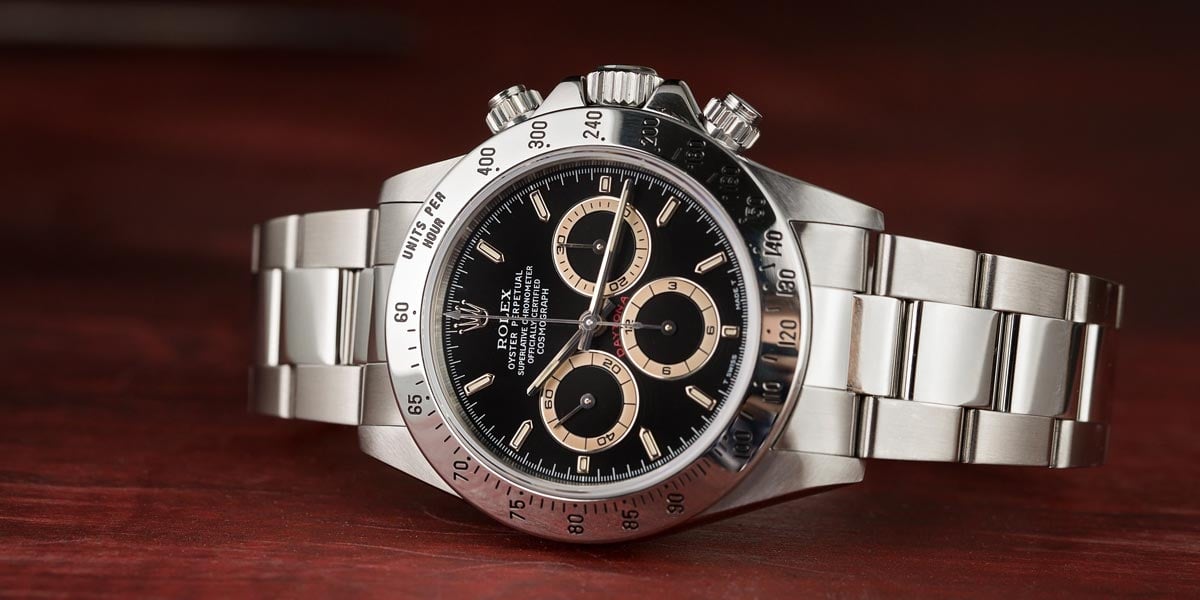
The El Primero
The partnership was actually formed in 1986, but it would take another two years before Rolex’s technicians had customized the El Primero to their liking. Stripping the movement back to its bare plate, Rolex’s extensive customization process involved replacing more than half of the original components of the movement before it was judged worthy of the Daytona ref. 16520.
Gone was the date function, a new escapement was fitted with a larger free-sprung balance wheel, and the frequency was dropped from the original 36,000vph to the catalog-wide 28,800vph. In all, more than 200 separate modifications were made. The result was the Rolex Cal. 4030, and at Baselworld 1988, it ticked away inside the ref. 16520 Daytona and started the Cosmograph along its path to world domination.
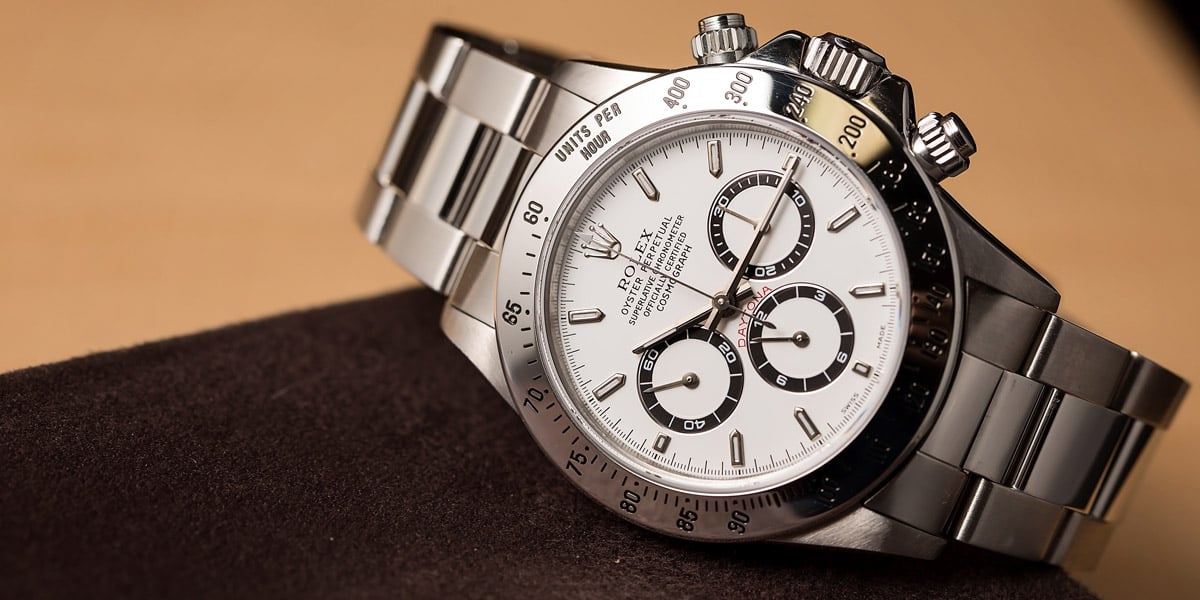
The Rolex Daytona ref. 16520
To mark the introduction of the second generation of the Daytona, Rolex gave their chronograph a facelift to match its brand-new movement. While still recognizably from the same DNA as the original, this new breed had grown up – taking the case diameter to 40mm from 37mm. Additionally, the Rolex Daytona ref. 16520 received crown guards for the first time, along with a sapphire crystal. The trio of sub-dials were given a contrasting outer ring, and the hour markers were now applied metal indices filled with lume.
The dial itself, available in either black or white, originally came with a lacquered finish instead of a matte or metallic one; and, as so often happens with Rolex models from days gone by, was tweaked and fine-tuned during its tenure, creating five distinct generations (‘Marks’). The minute alterations make the so-called Zenith Daytonas some of the most collectible versions of an already highly coveted watch.
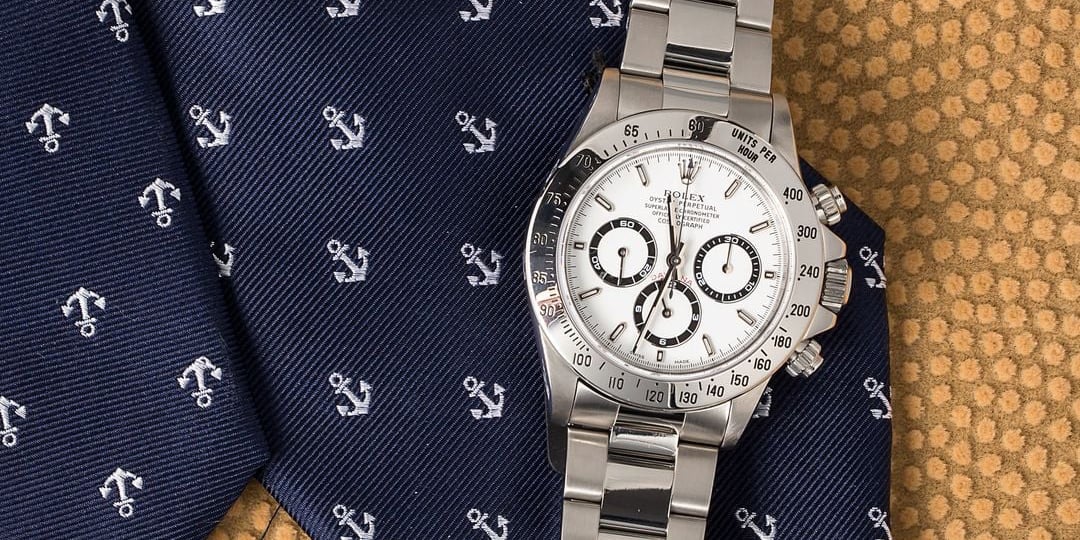
The Dials
MK I
- The Mark 1 dial was only in production for about a year, and as such, it is among the most valuable examples found on ref. 16520 watches. It can be identified fairly easily by the spacing of the dial text, with the word ‘Cosmograph’ separated from the rest of the text. It has led to these rare finds being nicknamed, Floating Cosmographs. Additionally, the lower sub-dial (the hour totalizer) features an upside down ‘6’, making it look like a ‘9’. If you hear a model referred to as an Inverted Six, this is what it means.
MK II
- The Mark 2 dials were also very short lived, again only made for about 12 months. The one glaring difference from the previous iteration is the omission of the ‘Officially Certified’ text on the dial, although these watches are indeed chronometer rated. ‘Cosmograph’ is no longer floating and has been bumped up to sit with the rest of the wording, all of which sits a scooch higher than before. The rest is as it was with the first piece, complete with the upended 6.
MK III
- The Mark 3 dials are identical to the Mark 2s but with the ‘Officially Certified’ text reinstated.
MK IV
- The most prevalent of all five versions, the Mark 4 dials incorporated a number of changes. Firstly, the font in the sub-dials has been made bolder and more square, aiding readability. Plus, on the minute counter, there are now just three hash marks between digits, as opposed to the four found on the earlier dials. Lastly, the ‘6’ is now the right way up on the hour totalizer at the bottom.
MK V
- The Mark 5 dials ran from 1999 to 2000 – the year Rolex released the third generation of the Daytona that featured an in-house movement. Like before, the Mark 5 dials are practically identical to the previous type, but were issued as the Rolex was making the switch from using tritium to LumiNova for the luminescence on the hands and hands and hour markers. Therefore, where earlier watches had ‘T Swiss T’ or ‘Swiss T<25’ running around the lowest edge of the dial, these Mark 5 dials just read ‘SWISS’.
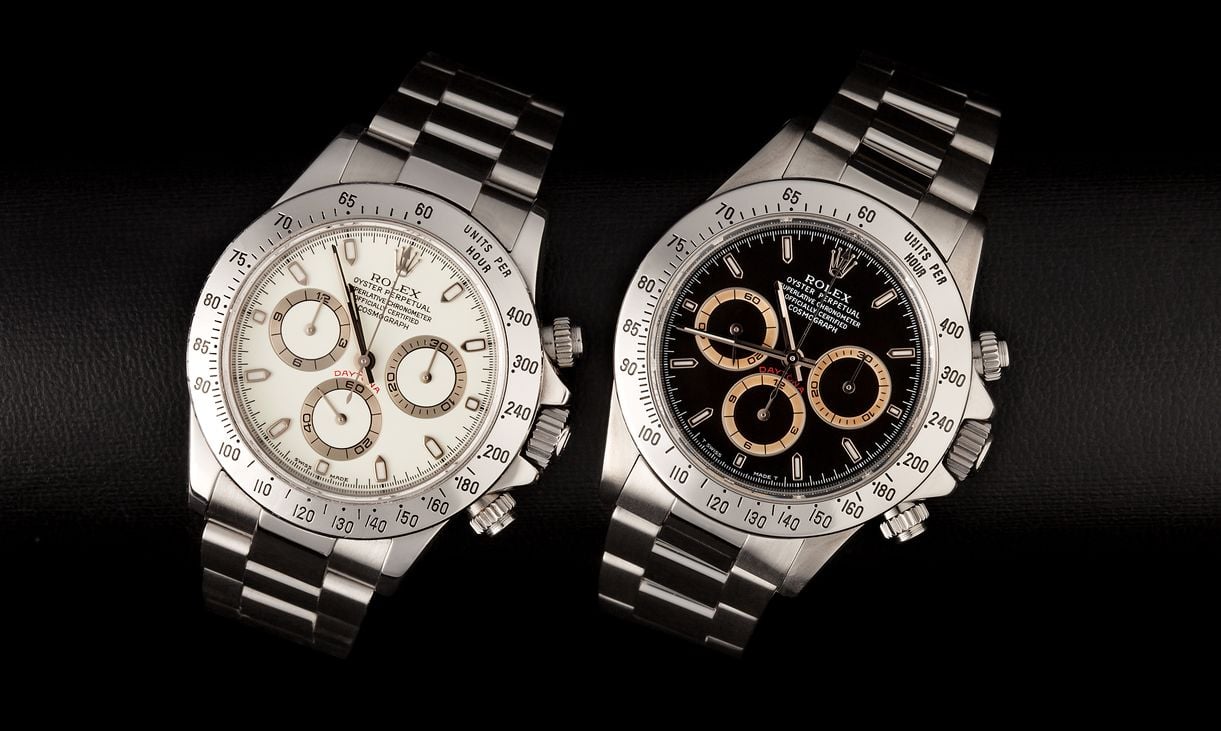
The One Other
With the Mark 4 dials, there is a tiny subsection which has been singled out by a rare Rolex mistake to become possibly the most prized of all the Zenith Daytonas. Restricted to the black dial versions, it was caused by the company’s use of an organic varnish called Zapon, which was found (after the fact) to give insufficient coverage of the face. It has led the silver outer tracks of the sub-dials turning a brown color over the years, as they react with UV rays. Best of all (as far as collectors are concerned), it doesn’t stabilize – meaning that the effect continues as the watch gets older.
This slight imperfection in the finish leaves each one of the relative handful of these pieces with a unique appearance, something that commands huge premiums in any vintage watch, and the Daytona in particular. Called the Patrizzi dials, they are named after Osvaldo Patrizzi, an Italian watchmaker and restorer, and the founder of the auction house, Antiquorum – who was the first to notice the discoloration.
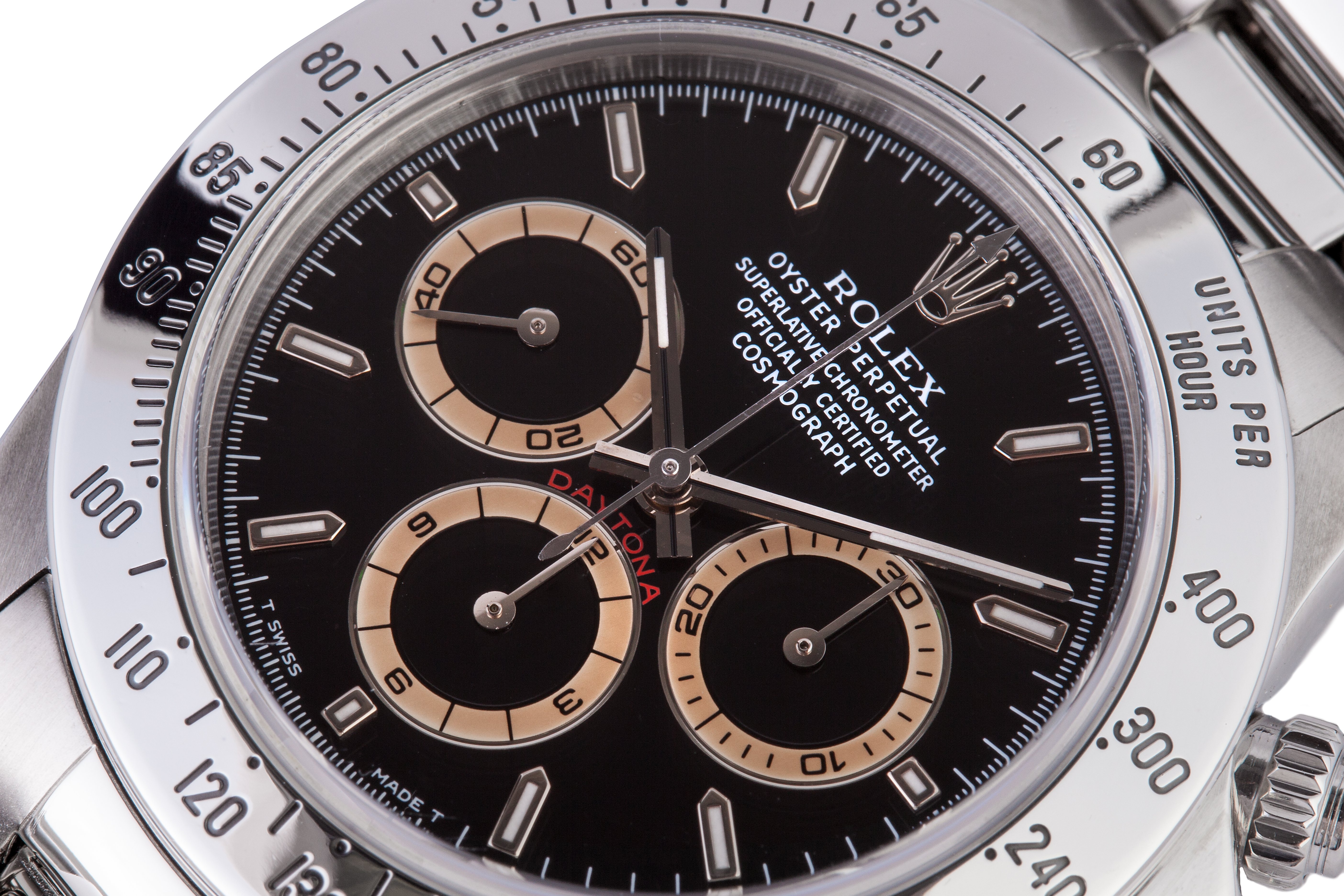
The Zenith Daytona ref. 16520 watches marked the turning point when a horological afterthought began its journey towards becoming the most important sports watch of all time. Although only in production for a total of 12 years before Rolex was able to bring the last of their calibers entirely in-house, they have left an enduring legacy.
Some experts credit these Daytona watches with making the vintage timepiece industry what it is today; and even now, they represent one of the most attainable routes into vintage Daytona ownership. A stunning watch and one of the most rock solid investment opportunities of them all, no collection is complete without at least one Rolex Daytona ref. 16520.
